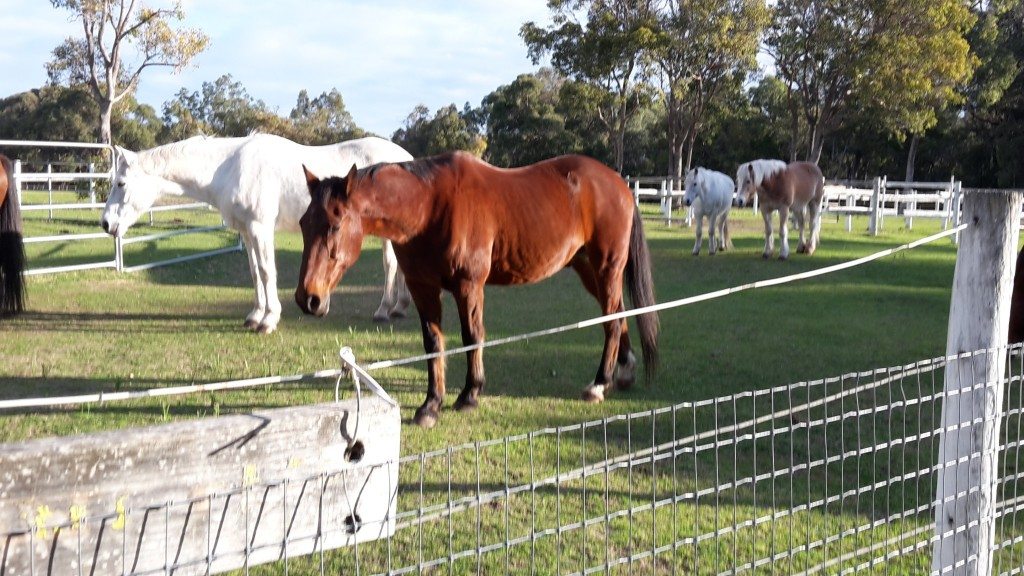Furred healers
The rise and fall of breath, canine aroma therapy, a warm wet nose that nudges, a bark to protect – once a wild one you are now a healing hound. Your subtle care is appreciated. Animals such as dogs, guinea pigs, cats and horses support people to gain their optimum wellbeing.
Paw – st

Ernst, L (2014) described how Florence Nightingale in the late 1800’s was the first to document her observation that small animals help patients recover. Sigmund Freud in the 1930s noticed his dog Jofi during psychotherapy sessions would come closer to patients when they were calm. In the 1960’s, child psychotherapist Boris Levinson discovered by accident that when Jingles his dog was present distressed children would speak. Thus prompting Levinson to write the book “Pet oriented Psychotherapy”. In 1989 the Delta Society, an animal education group in the U.S.A developed a certified program to ensure that animals are proficient in providing Animal Assisted Therapy. Four legged furry therapists can augment health.
Evidence of meowing/ meaning

The animals uncomplicated, unconditional interaction acts as a non judgemental bridge between patient and carer. I witnessed this with a friend who 2 weeks after her baby’s death had a stray dog came into her life, giving her a reason to go on. Growing research is validating what people have observed of the healing pets provide.
In 1995, Freedman and Thomas’ research on 369 participants in the Cardiac Arrhythmia Suppression Trial, found those who owned a dog had a significantly higher rate of survival at 1 year follow up after a heart attack. Mortality being 4.05 times greater than those who did not own a dog – this survival benefit was independent of physiological severity, patient demographics and psychosocial factors. A 2011 Pilot study found participants hospitalised due to heart failure ambulated sooner with canine therapy, walking further, being motivated to walk and this reduced their hospital stay. The American Heart association in 2013 (Levine, Alison and Braun) released a statement that pet ownership decreased cardiovascular disease risk.
In aged care visiting dog programs help dementia patients engage in social activities. People in acute settings encounter sensory deprivation and sensory overload. The contrast provided by a visiting animal is dramatic. I witnessed a 3 year old child in hospital with a visiting therapy dog. He became confident in reaching out to touch, smile, laugh and talk to the dog.
Benefits of barking bond
Benefits of animal assisted therapy:
- lower blood pressure,
- reduce anxiety,
- reduce loneliness,
- improve mental outlook and quality of life,
- improve social and communication skills,
- improve empathy skills,
- facilitate independent living,
- increase release of oxytocic the hormone of love,
These benefits are observed in the community as well as hospital setting.
Military veterans and their families struggling to cope with the effects of war found animal assisted therapy supported readjustment.
Amanda Fiegl (2012) reported how after the Sandy Hooks Elementary School shooting, a golden retriever was integral to the healing of this community. Children after being with the dog where able to talk to parents about the shooting. Teens discussed their fears and grief with each other while sitting together patting the dog. Counsellors with fur are excellent listeners and demonstrate unconditional love.
Riding for Disabled Association supports people with special needs work to their capacity. See www.rdawa.org.au Hearing the squeals of delight and seeing the development of motor skills and self confidence confirms the valuable therapy the hooved and unhooved volunteers at RDA provide.
Guide dog association, dogs in education settings, cats in Cafes are examples of animals therapeutic work with humans.
Needs of Furred Healers
Animal assisted therapy is low cost, low technology and meaningful. Considerations for furred healers include safety to participants, sanitation requirements for “oops poops”. Animals are to be vaccinated, screened and well trained. Handlers of animals work is to ensure that the animals do not get burnout by playing with them, feeding and providing time out. In crisis situations animal handlers need to remain quiet to enable participants to talk.

References
Abate S, Zucconi M, Boxer B. Impact of canine-assisted ambulation on hospitalized chronic heart failure patients’ ambulation outcomes and satisfaction: a pilot study. J Cardio Nurs. 2011;26(3):224-230 – See more at: http://www.annalsoflongtermcare.com/article/animal-assisted-therapy-exploration-its-history-healing-benefits-and-how-skilled-nursing#sthash.mN4J4vlq.dpuf
Ernst,L (2014) Animal therapy: An exploration of its history, healing benefits and how nursing facilities can set up programs, Annals of Long term Care Clinical Care and Aging, Vol 22 Issue 10
www.annalsoflongtermcare.com/attitude/animal-assisted-therapy-exploration-its-history-benefits-a-how-skilled-nursing
Fiegl, A (2012) Comfort dogs Nexton Tragedy, National Geographic News, Dec
www.nationalgeographic.com/news/2012/12/121221-comfort-dogs-nexton-tragedy-animals-therapy
Friedman E, Thomas SA. Pet ownership, social support and one-year survival after acute myocardial infarction in the Cardiac Arrhythmia Suppression Trial (CAST). Am J Cardiol. 1995;76(17):1213-1217.
Levine GN, Allen K, Braun LT, et al; American Heart Association Council on Clinical Cardiology; Council on Cardiovascular and Stroke Nursing. Pet ownership and cardiovascular risk: a scientific statement from the American Heart Association. Circulation. 2013;127(23):2353-2363.





Leave a Reply